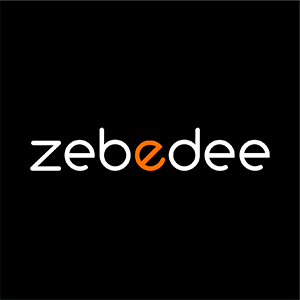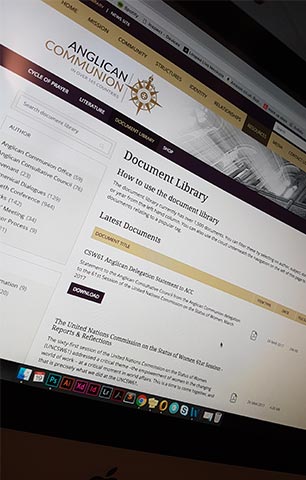The objectives
From a business perspective, a good document library, whether on an intranet or public web site, can offer a great deal of benefits. If managed correctly can provide a return on investment in terms of saving time (for both administration and the end-user), and enhance a brand through credibility, kudos, loyalty and search engine optimisation. Its important to understand the main objectives of the library from the outset. Keep these objectives in mind throughout the web design process, as it can help tailor the content structure right from the beginning and keep that structure focussed throughout the project. It goes without saying, but you should know your key target audience inside out. We also recommend gathering as many sample documents as possible, for each different type of category. This will give you the background understanding and real meaningful content to design with, fleshing out all potential categories and types of document. To sum up, a well-built document library will act as a useful web storage repository and set your business apart from its competitors, so ensure plenty of planning is done before one single line of code is written.
Taxonomy
A good starting point to help plan any document library is to define the taxonomy. This is a hierarchical classification of the items – in other words, the terms used to search and retrieve the documents. There are multiple ways in which a user may look for a document and visitors will generally be of two types, those who like to drill down through a structured list to find what they need, or those who are ‘searchers’ and prefer entering quick search terms and sifting through the results. Taxonomies function for both types of user and deliver several routes to the same information. File type or categories are most popular classifications, but depending on the context, author, department, subject, or date are also common terms. Used consistently taxonomy will help recognise how a user might search for certain types of document and assign the categories or types and thus increase usability, which brings us onto to your CMS planning and…
File management
Based on your chosen cms, in this case Umbraco CMS, consider how editors are going to maintain and upload documents and how you should enforce document META, tagging or collections. Correct categorisation and tagging will help organise the hierarchy and subsequently usability.
Also, keep in mind performance. Large libraries require careful consideration of the data architecture to ensure document queries are fast enough to keep impatient visitors happy. A proper indexing solution is one of the best ways to ensure large data sets yield accurate results in a timely way.
Design wireframes and user journeys
Test your categories and navigation using real content by drafting and creating several wireframes. Quite often this will iron out any inconsistencies or anomalies – obviously, this is better for these to crop up now, rather than after it’s been coded! And if your wireframes can be linked into a prototype, even better as you can click user journeys through sample categories and documents and test the structure. Learn more about the importance of wireframes.
Web design time!
Once the above are clearly planned then any bespoke web design should flow without a hitch. Gather your template elements, brand identity assets and work on your grid structure. An application approach is common, so it’s worth considering introducing new site furniture and icons to save valuable space and provide metaphorical meaning for the user – lending itself to responsive web design nicely. Don’t forget social media!
Check out examples
Do your research; there are lots of examples to draw inspiration from. Here are a few examples we’ve developed for our clients:

